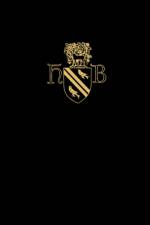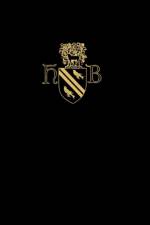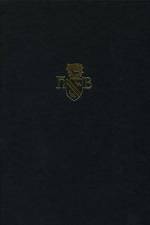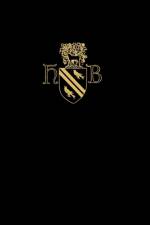- MSS Rawlinson Liturg. e. 1* & Gough Liturg. 8, Bodleian Lib, Oxford Liturgical Intro, Notes & Indices
av J.B.L. Tolhurst
887
Third of 6 volumes. The project to edit the Hyde Breviary was a considerable one that was to occupy the HBS for a deczde. Hyde Abbey hadbeen founded alongside New Minster, Winchester un 965 by St Ethelwold [c. 908-984], Bishop if Winchester, and a former Abbot of Abingdon, with Abingdon Monks. In 1110 the community moved from its cramped premises to Hyde Meadow, just outside the city walls. The breviary MSS edited were most probably written during thre abbacy of Symon de Kanings [1292-1304]. The Hyde Breviary is one of a small number of surviving MS witneses to the form of the English Benedictine breviary, supplemented by what Tolhurst thought was a single surviving volume of a 1528 printed breviary or portiforium of Abingdon [pars aestivalis, Cambridge, Emmanuel College; there is in fact a full copy at Exeter College, Oxford; STC 15792]. The Hyde relics were here cosen as the most typical and informative. The Rawlinson and Gough MSS [SC 15842, 18338] were written by different scribes but on virtuallly indistinguishable vellum and with illuminations from the same hand. Here they are collated with survivg witnesses to the English Benedictine breviary of the period: yhe breviaries of Durham Cathedral Priory [London, British Library, Harley MSS 4664, c. 1270], Ely Cathedral Priory [Cambridge University Library, Ii.4.20 [c. 1275], Muchelny Abbey, Somerset [London, British Library, Additional 43405-43506, c. 1280].1 The only other non-fragmentary breviary is that of Barttle Abbey in Sussex [Cambridge, Trinity College, MS O.7.31, c. 1500], but this is probably an importation from Marmoutier, and hence is not collated here.



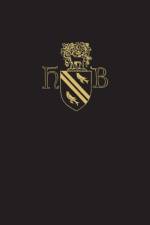

![The Winchcombe Sacramentary: Orleans, Bibliotheque municipale, 127 [105] af Anselme Davril](https://cdnbackdoor.tales.as/thumbnail/150x225/00102/39808/cover.1567896319.jpg)

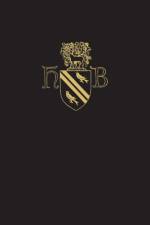
![The Ordinal of the Abbey of the Holy Trinity, Fecamp (Fecamp, Musee de la Benedictine, MS 186), II [containing parts II, III and IV] af David Chadd](https://cdnbackdoor.tales.as/thumbnail/150x225/00081/87694/cover.1536464895.jpg)








